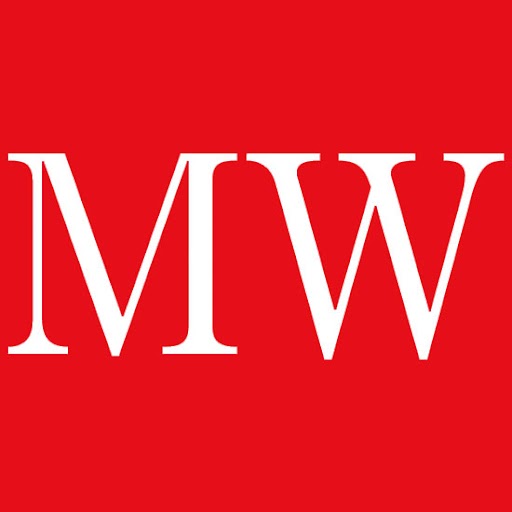Risk-free rate
One way to think about the size of return you should be aiming for is to consider the return you could get if you took absolutely no risk at all – the “risk-free rate of return”.
When you decide to invest in equities, or property, or bonds, or anything else, the return you expect to get should reflect the amount of risk you are taking. In theory (though not always in practise), the more risk you shoulder, the bigger the return you should expect. One way to think about the size of return you should be aiming for is to consider the return you could get if you took absolutely no risk at all the "risk-free rate of return".
Clearly, there is no such thing as a 100% risk free asset. Globally speaking, the risk-free rate usually describes the return you can get on US Treasury bills, a short-term American government IOU. No sovereign debt not even that issued by America - is entirely risk-free, but US debt is generally seen as being as close to risk-free as you can get. The US, as the world's most important economy with the world's most important currency, is highly unlikely to default in nominal terms (as it can always print its own currency if pushed). For UK investors (who would incur currency risk if buying US Treasuries), UK government-issued gilts would provide the risk-free rate.
The risk-free rate fluctuates over time. Currently, partly because of high demand for "safe" assets following the 2008 crash, but largely as a result of quantitative easing and other efforts by central banks to cut interest rates, the risk-free rate is either negative in "real" terms (after inflation) or even in nominal terms (in some parts of Europe in particular, you still effectively have to pay to lend to governments, as noted in the main story above). As a result, investors who are seeking a "real" return, have been forced to take on more risk investing in equities or corporate debt, for example whereas in the days before the financial crisis, it was possible to achieve a 2%-plus real return simply by investing in "safe" government debt.
MoneyWeek
Subscribe to MoneyWeek today and get your first six magazine issues absolutely FREE

Sign up to Money Morning
Don't miss the latest investment and personal finances news, market analysis, plus money-saving tips with our free twice-daily newsletter
Don't miss the latest investment and personal finances news, market analysis, plus money-saving tips with our free twice-daily newsletter
Get the latest financial news, insights and expert analysis from our award-winning MoneyWeek team, to help you understand what really matters when it comes to your finances.
MoneyWeek is written by a team of experienced and award-winning journalists, plus expert columnists. As well as daily digital news and features, MoneyWeek also publishes a weekly magazine, covering investing and personal finance. From share tips, pensions, gold to practical investment tips - we provide a round-up to help you make money and keep it.
-
 Rightmove: Asking prices set to rise 2% in 2026 after post-Budget market rebound
Rightmove: Asking prices set to rise 2% in 2026 after post-Budget market reboundBuyers and sellers who held off in anticipation of the Budget will come back to the market and contribute to asking prices increasing next year, according to Rightmove
-
 Coreweave is on borrowed time
Coreweave is on borrowed timeAI infrastructure firm Coreweave is heading for trouble and is absurdly pricey, says Matthew Partridge

